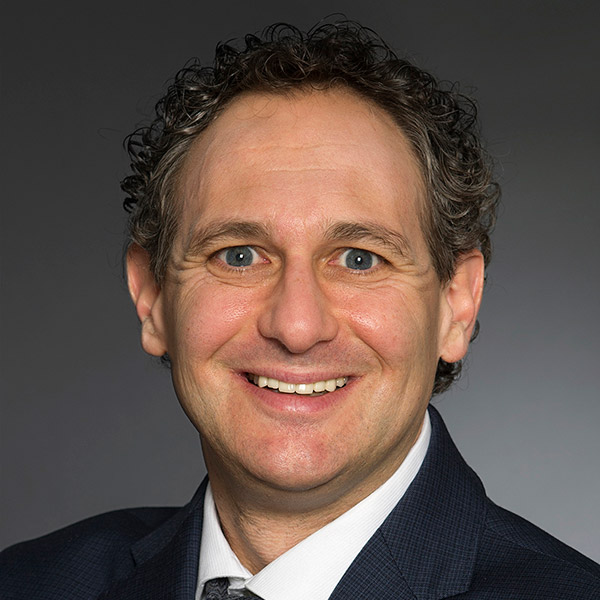Scott Franklin

Faculty Highlight: Scott Franklin is a Professor in the School of Physics and Astronomy and Director of the CASTLE (Center for Advancing Science/Math, Teaching, Learning & Evaluation).
Read his perspective on a few critical thinking questions...
1. How Do You Teach Applied Critical Thinking?
For me, critical thinking begins with introspection and reflection, so in my classes I spend time demonstrating my own self-reflection and asking questions and setting up situations that encourage students to reflect on themselves. This extends well beyond just the course content du jour. In the rush of the academic semester, students (and faculty) often can’t take the time to reflect even on what happened that week, let alone stop and assess their broader situation. So I try to incorporate --- both into class and in out-of-class assignments --- extended periods in which students have time and opportunity to just think. In class, these take the form of “Quiet Reflective Times,” in which students are instructed not to write (e.g. jump into solving a problem) but just think about what is before them. Out of class, the use of online Guided Reflection Forms gives students prompts to reflect on their situations and behaviors and how they might make changes to achieve their goals.
2. Why Do You Think Applied Critical Thinking is Important in Your Domain?
The great advances in any field occur through unexpected connections, either advancing our knowledge, methods, or techniques. A historical example is Heisenberg realizing that matrices, at the time an obscure mathematical construct, could be applied to explain quantum phenomena. This occurs only through critical thinking; the ability to look at a subject or topic in a new or different way. In my lab, critical thinking is how we overcome the inevitable obstacles in research --- an experiment isn’t working, or a result is confusing. Critical thinking is the stepping back and seeing the big picture that enables the generation of new knowledge, making scientific progress without a roadmap.
3. Can You Share a Story Where Quality Applied Critical Thinking Was Key to Your Success?
Once, a summer research student came in to find a piece of equipment no longer working as it had before. The obvious steps of turning everything off, unplugging all the connections, etc. didn’t fix the problem. With a lot of hard work and inspiration, she was able to deconstruct the entire apparatus, including the controlling computer programs and data acquisition software, and eventually find the bug that had ground everything to a halt. The ability to think critically about her experiment, to see everything as if it were the first time, with no preconceptions to cause her to jump to assumptions, was essential to her solving the problem. I had a similar experience toward the end of my graduate career, where a technique my advisor had suggested I use to solve a particular equation just wasn’t working. By methodically checking every step of the derivation I was able to state confidently that the problem was the technique, and my advisor was mistaken in asserting this as the correct path. One week later, the problem was solved and I was on my way to writing my dissertation.
4. How Do You Use Critical Thinking in Other Areas of Your Life Outside of RIT?
Critical thinking outside of RIT is most useful in figuring out work/life balance and long-term planning, for example budgets, especially now w/children in college, and balancing family and individual priorities. As responsibilities and distractions begin to pile up, critical thinking allows me to make connections with people and activities that keep me grounded (and sane).
5. Any Last Critical Thoughts?
Critical thinking is a learned skill, not one that some people mysteriously have while others do not. It also is never mastered; you never suddenly “have” critical thinking. Rather, it requires frequent attention and practice. The more you consciously think about it, the more it pops up in subconscious decision making.